THE ANGLO-SAXON PERIOD c. 440 -1066 Anglo-Saxon



















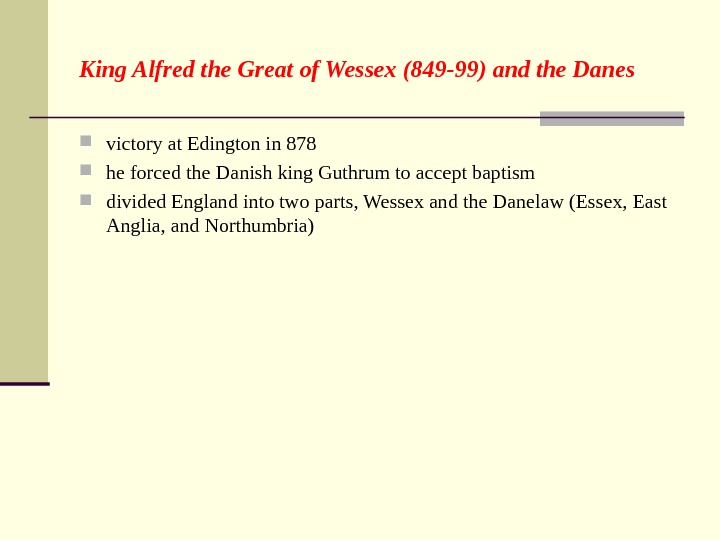




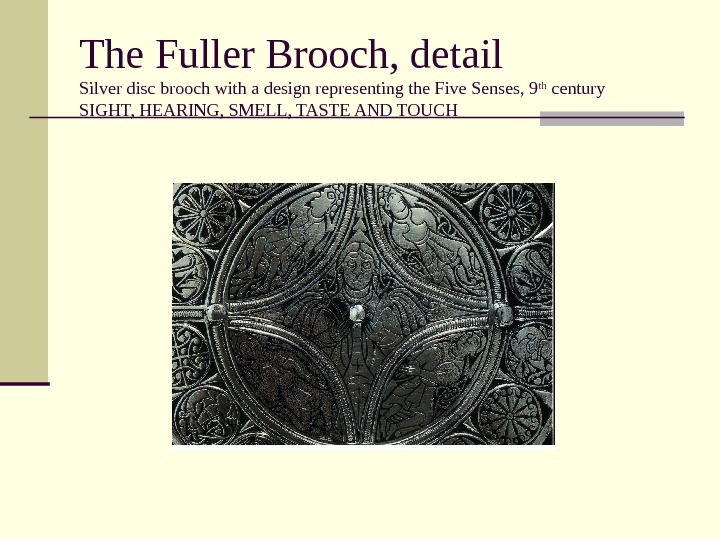
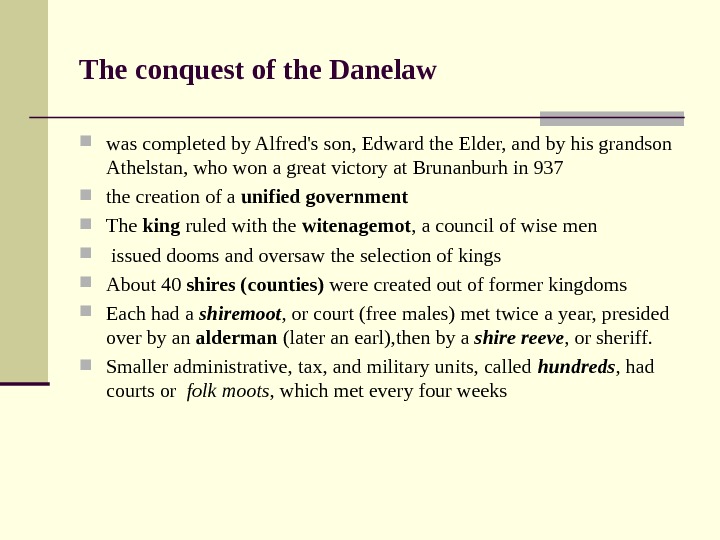


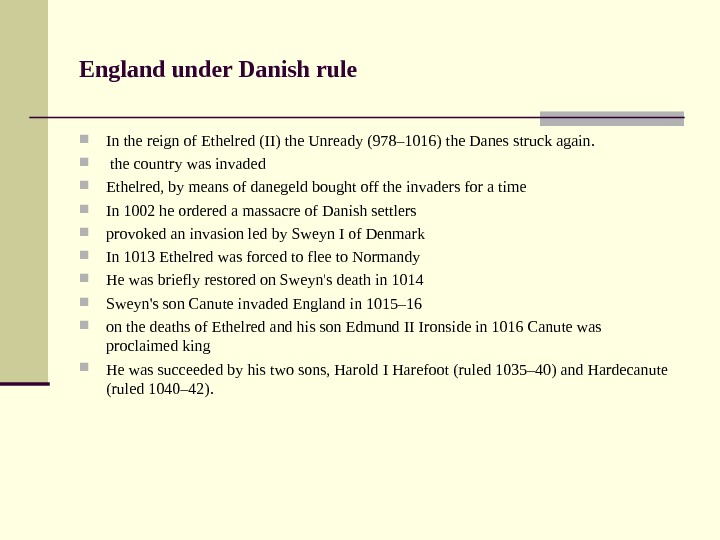








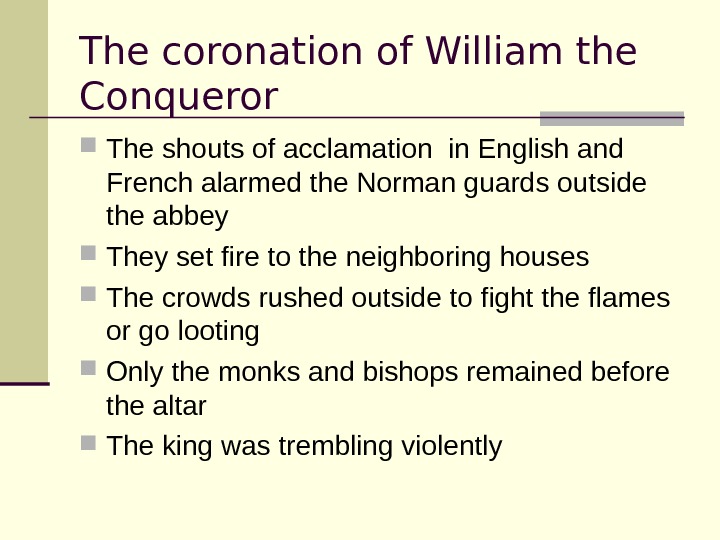







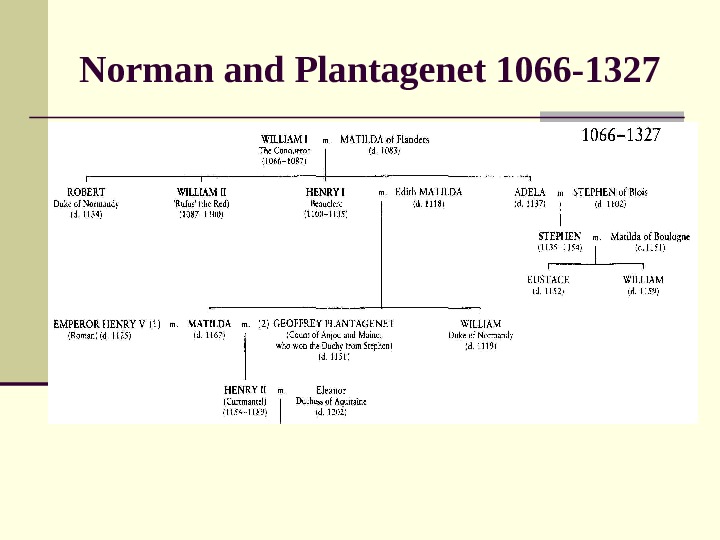


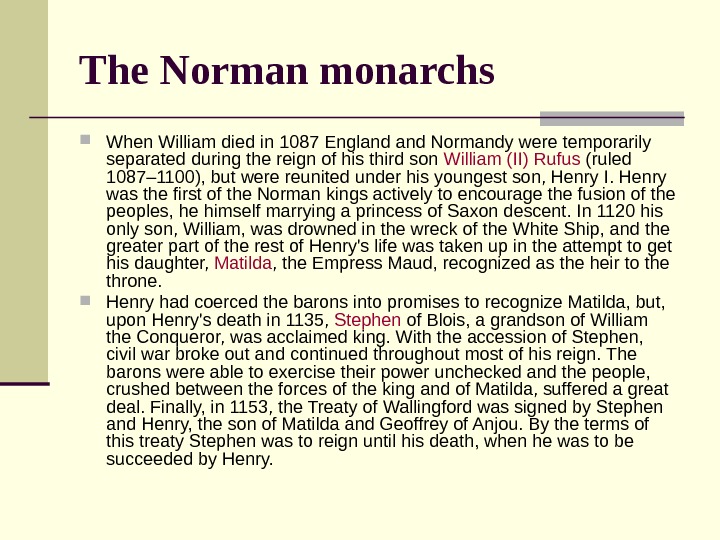
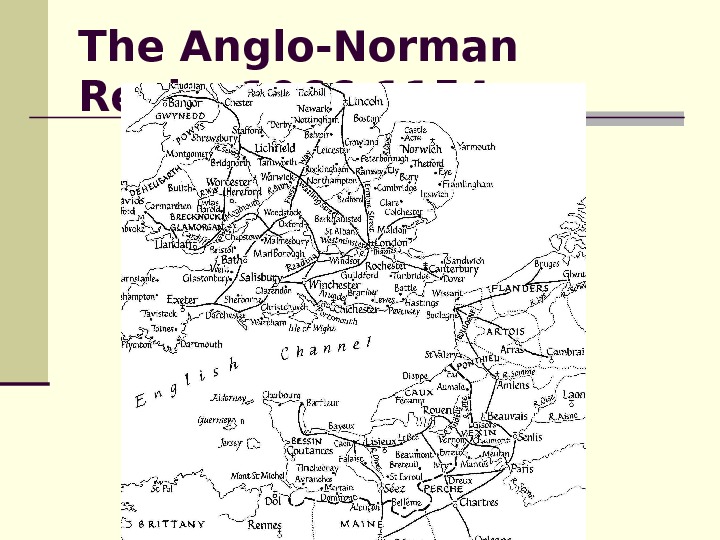

- Размер: 23.7 Mегабайта
- Количество слайдов: 50
Описание презентации THE ANGLO-SAXON PERIOD c. 440 -1066 Anglo-Saxon по слайдам
 THE ANGLO-SAXON PERIOD c. 440 —
THE ANGLO-SAXON PERIOD c. 440 —
 Anglo-Saxon England Sources: The British writer Gildas (c. 516 -70) – England in the 5 th and 6 th century The Anglo-Saxon Chronicle Saints’ lives poetry Archeological findings Place-name studies
Anglo-Saxon England Sources: The British writer Gildas (c. 516 -70) – England in the 5 th and 6 th century The Anglo-Saxon Chronicle Saints’ lives poetry Archeological findings Place-name studies
 Anglo-Saxon Kingdoms The invaders were Angles, Saxons, Frisians, Jutes, Franks called Britons the wealas ( OE slave or foreigner) By the middle of the 6 th century most kingdoms had been founded: 1. Dumonia (Devon and Cornwall) 2. Wales (Wealas) 3. Strathclyde 4. Northumbria ( Nord-an-hymbro-ron gens =people living north of the Humber ) 5. Mercia 6. East Anglia 7. Essex (Eastseaxe) 8. Wessex 9. Sussex 10. Cantware (Men of Kent) 11. The Middle Angles 12. Bernicia (7 th ) 13. Deira (7 th ) 14. Lindsay (7 th )
Anglo-Saxon Kingdoms The invaders were Angles, Saxons, Frisians, Jutes, Franks called Britons the wealas ( OE slave or foreigner) By the middle of the 6 th century most kingdoms had been founded: 1. Dumonia (Devon and Cornwall) 2. Wales (Wealas) 3. Strathclyde 4. Northumbria ( Nord-an-hymbro-ron gens =people living north of the Humber ) 5. Mercia 6. East Anglia 7. Essex (Eastseaxe) 8. Wessex 9. Sussex 10. Cantware (Men of Kent) 11. The Middle Angles 12. Bernicia (7 th ) 13. Deira (7 th ) 14. Lindsay (7 th )
 The Anglo-Saxon invasions and the kingdoms they established (the Heptarchy)
The Anglo-Saxon invasions and the kingdoms they established (the Heptarchy)
 Anglo-Saxon Society were characterized by strong kinship groups, feuds, customary law, a system of money compensations (wergeld) traditional polytheistic religions, lacked written language, agriculture, hunting, and animal husbandry
Anglo-Saxon Society were characterized by strong kinship groups, feuds, customary law, a system of money compensations (wergeld) traditional polytheistic religions, lacked written language, agriculture, hunting, and animal husbandry
 The discovery of the burial ship, at Sutton Hoo Measuring 85 feet (27 meters) long, and 15 feet (4. 5 meters) at its widest, the Anglo-Saxon ship was placed into the ground sometime during, or shortly after, 625 AD. The burial ship remained undisturbed until area excavations in 1939.
The discovery of the burial ship, at Sutton Hoo Measuring 85 feet (27 meters) long, and 15 feet (4. 5 meters) at its widest, the Anglo-Saxon ship was placed into the ground sometime during, or shortly after, 625 AD. The burial ship remained undisturbed until area excavations in 1939.
 Sutton Hoo
Sutton Hoo
 Sutton Hoo Helmet From the ship burial at Sutton Hoo, Suffolk, early 7 th century
Sutton Hoo Helmet From the ship burial at Sutton Hoo, Suffolk, early 7 th century
 Sutton Hoo Helmet
Sutton Hoo Helmet
 Detail of the Sutton Hoo sceptre it may have been the personal sceptre of Raedwald, king of the East Angles and one of the English Bretwaldas (over-kings)
Detail of the Sutton Hoo sceptre it may have been the personal sceptre of Raedwald, king of the East Angles and one of the English Bretwaldas (over-kings)
 Ship burial at Sutton Hoo, Suffolk one of a pair of gold shoulder –clasps 7 th century
Ship burial at Sutton Hoo, Suffolk one of a pair of gold shoulder –clasps 7 th century
 Reintroduction of Christianity two directions 1. In 596 Pope Gregory I sent a group of missionaries under a monk named Augustine to Kent King Ethelbert and Bertha, a Christian Frankish princess Augustine became the first archbishop of Canterbury the southern kingdoms became Christian
Reintroduction of Christianity two directions 1. In 596 Pope Gregory I sent a group of missionaries under a monk named Augustine to Kent King Ethelbert and Bertha, a Christian Frankish princess Augustine became the first archbishop of Canterbury the southern kingdoms became Christian
 Reintroduction of Christianity (2) 2. In Northumbria Celtic Christianity brought from Ireland to Scotland by Saint Columba to Northumbria by Saint Aidan, who founded the monastery of Lindisfarne in 635 At the Synod of Whitby in 664, Northumbria’s King Oswy chose Rome a common religion The Venerable Bede, a Northumbrian monk wrote Ecclesiastical History of the English People made popular the use of BC and AD to date historical events
Reintroduction of Christianity (2) 2. In Northumbria Celtic Christianity brought from Ireland to Scotland by Saint Columba to Northumbria by Saint Aidan, who founded the monastery of Lindisfarne in 635 At the Synod of Whitby in 664, Northumbria’s King Oswy chose Rome a common religion The Venerable Bede, a Northumbrian monk wrote Ecclesiastical History of the English People made popular the use of BC and AD to date historical events
 The opening page of St Lukes Gospel, made at Lindisfarne c.
The opening page of St Lukes Gospel, made at Lindisfarne c.
 the political unification of England by means of warfare Bretwalda, or ruler of Britain in the 7 th century the kings of Northumbria in the 8 th of Mercia Ethelbald and Offa c. 757 -796 in the 9 th, to Egbert of Wessex defeated the Mercians at Ellendun in 825 In the next century his family ruled all England
the political unification of England by means of warfare Bretwalda, or ruler of Britain in the 7 th century the kings of Northumbria in the 8 th of Mercia Ethelbald and Offa c. 757 -796 in the 9 th, to Egbert of Wessex defeated the Mercians at Ellendun in 825 In the next century his family ruled all England
 The House of Wessex (802 -1066)
The House of Wessex (802 -1066)
 the Danes The Danes, the Viking raiders began to raid the English coasts in the late 8 th century VIII-IX centuries Danish raids on the British Isles
the Danes The Danes, the Viking raiders began to raid the English coasts in the late 8 th century VIII-IX centuries Danish raids on the British Isles
 The Oseberg Viking Ship made in c. 800, 21 m long for 35 men
The Oseberg Viking Ship made in c. 800, 21 m long for 35 men
 King Alfred the Great of Wessex (849 -99) and the Danes victory at Edington in 878 he forced the Danish king Guthrum to accept baptism divided England into two parts, Wessex and the Danelaw (Essex, East Anglia, and Northumbria)
King Alfred the Great of Wessex (849 -99) and the Danes victory at Edington in 878 he forced the Danish king Guthrum to accept baptism divided England into two parts, Wessex and the Danelaw (Essex, East Anglia, and Northumbria)

 King Alfred the Great of Wessex (849 -99) created an English navy reorganized the Anglo-Saxon fyrd, or militia Built strategic forts, captured London issued a set of dooms, or laws promoted, and assisted in, the translation of Latin works into Old English encouraged the compilation of the Anglo-Saxon Chronicle
King Alfred the Great of Wessex (849 -99) created an English navy reorganized the Anglo-Saxon fyrd, or militia Built strategic forts, captured London issued a set of dooms, or laws promoted, and assisted in, the translation of Latin works into Old English encouraged the compilation of the Anglo-Saxon Chronicle
 The statue of Alfred the Great at Winchester, where he is buried
The statue of Alfred the Great at Winchester, where he is buried
 Anglo-Saxon royal ring Ring of Queen Ethelswith of Mercia (853 -89), sister of Alfred the Great, decorated with the agnus dei, 9 th century, Yorkshire
Anglo-Saxon royal ring Ring of Queen Ethelswith of Mercia (853 -89), sister of Alfred the Great, decorated with the agnus dei, 9 th century, Yorkshire
 The Fuller Brooch, detail Silver disc brooch with a design representing the Five Senses, 9 th century SIGHT, HEARING, SMELL, TASTE AND TOUCH
The Fuller Brooch, detail Silver disc brooch with a design representing the Five Senses, 9 th century SIGHT, HEARING, SMELL, TASTE AND TOUCH
 The conquest of the Danelaw was completed by Alfred’s son, Edward the Elder, and by his grandson Athelstan, who won a great victory at Brunanburh in 937 the creation of a unified government The king ruled with the witenagemot , a council of wise men issued dooms and oversaw the selection of kings About 40 shires (counties) were created out of former kingdoms Each had a shiremoot , or court (free males) met twice a year, presided over by an alderman (later an earl), then by a shire reeve , or sheriff. Smaller administrative, tax, and military units, called hundreds , had courts or folk moots, which met every four weeks
The conquest of the Danelaw was completed by Alfred’s son, Edward the Elder, and by his grandson Athelstan, who won a great victory at Brunanburh in 937 the creation of a unified government The king ruled with the witenagemot , a council of wise men issued dooms and oversaw the selection of kings About 40 shires (counties) were created out of former kingdoms Each had a shiremoot , or court (free males) met twice a year, presided over by an alderman (later an earl), then by a shire reeve , or sheriff. Smaller administrative, tax, and military units, called hundreds , had courts or folk moots, which met every four weeks
 Anglo-Saxon government
Anglo-Saxon government
 The House of Wessex (802 -1066)
The House of Wessex (802 -1066)
 England under Danish rule In the reign of Ethelred (II) the Unready (978– 1016) the Danes struck again. the country was invaded Ethelred, by means of danegeld bought off the invaders for a time In 1002 he ordered a massacre of Danish settlers provoked an invasion led by Sweyn I of Denmark In 1013 Ethelred was forced to flee to Normandy He was briefly restored on Sweyn’s death in 1014 Sweyn’s son Canute invaded England in 1015– 16 on the deaths of Ethelred and his son Edmund II Ironside in 1016 Canute was proclaimed king He was succeeded by his two sons, Harold I Harefoot (ruled 1035– 40) and Hardecanute (ruled 1040– 42).
England under Danish rule In the reign of Ethelred (II) the Unready (978– 1016) the Danes struck again. the country was invaded Ethelred, by means of danegeld bought off the invaders for a time In 1002 he ordered a massacre of Danish settlers provoked an invasion led by Sweyn I of Denmark In 1013 Ethelred was forced to flee to Normandy He was briefly restored on Sweyn’s death in 1014 Sweyn’s son Canute invaded England in 1015– 16 on the deaths of Ethelred and his son Edmund II Ironside in 1016 Canute was proclaimed king He was succeeded by his two sons, Harold I Harefoot (ruled 1035– 40) and Hardecanute (ruled 1040– 42).
 The House of Wessex (802 -1066)
The House of Wessex (802 -1066)
 Cnut Under Canute, England was part of an empire that also included Denmark and Norway
Cnut Under Canute, England was part of an empire that also included Denmark and Norway
 The end the Anglo-Saxon rule On the death of Hardecanute in 1042, the old Saxon dynasty was restored (Edward the Confessor) the power lay in the hands of his father-in-law, Godwin, Earl of Wessex, and later of Godwin’s son, Harold.
The end the Anglo-Saxon rule On the death of Hardecanute in 1042, the old Saxon dynasty was restored (Edward the Confessor) the power lay in the hands of his father-in-law, Godwin, Earl of Wessex, and later of Godwin’s son, Harold.
 King Edward the Confessor receives Earl Harold on his return from Normandy
King Edward the Confessor receives Earl Harold on his return from Normandy
 The end the Anglo-Saxon rule Edward was most interested in the building of Westminster Abbey, completed in time for his burial in January 1066. Edward’s death left the succession in doubt. The witenagemot chose Harold, Earl of Wessex, Other aspirants were King Harold III (the Hard Ruler) of Norway and Duke William of Normandy. William declared that Edward had promised him the crown
The end the Anglo-Saxon rule Edward was most interested in the building of Westminster Abbey, completed in time for his burial in January 1066. Edward’s death left the succession in doubt. The witenagemot chose Harold, Earl of Wessex, Other aspirants were King Harold III (the Hard Ruler) of Norway and Duke William of Normandy. William declared that Edward had promised him the crown
 The coming of Normans Harold was confirmed king of England by the Witan as Harold II His brother Tostig, deprived of his earldom of Northumbria as a result of a local revolt in 1065, invaded England fought together with Harald (III) Hardrada of Norway against Harold II at the Battle of Stamford Bridge on September 25, 1066. Duke William and the Normans landed at Pevensey in the south of England In October 14, 1066 Harold was defeated and killed by the Normans at the Battle of Hastings on 25 December William was crowned king of England as William I The end the Anglo-Saxon period of English history
The coming of Normans Harold was confirmed king of England by the Witan as Harold II His brother Tostig, deprived of his earldom of Northumbria as a result of a local revolt in 1065, invaded England fought together with Harald (III) Hardrada of Norway against Harold II at the Battle of Stamford Bridge on September 25, 1066. Duke William and the Normans landed at Pevensey in the south of England In October 14, 1066 Harold was defeated and killed by the Normans at the Battle of Hastings on 25 December William was crowned king of England as William I The end the Anglo-Saxon period of English history
 The Norman Conquest
The Norman Conquest
 The coronation of William the Conqueror
The coronation of William the Conqueror
 The coronation of William the Conqueror The shouts of acclamation in English and French alarmed the Norman guards outside the abbey They set fire to the neighboring houses The crowds rushed outside to fight the flames or go looting Only the monks and bishops remained before the altar The king was trembling violently
The coronation of William the Conqueror The shouts of acclamation in English and French alarmed the Norman guards outside the abbey They set fire to the neighboring houses The crowds rushed outside to fight the flames or go looting Only the monks and bishops remained before the altar The king was trembling violently
 The Norman Conquest brought England into the mainstream of Western European civilization, away from its traditional links with Scandinavia broke thread of development of Anglo-Saxon society and civilization was accompanied by the granting of land, confiscated from the English all levels of government were dominated by Normans filled all major ecclesiastical offices the English fell to the bottom of the social scale
The Norman Conquest brought England into the mainstream of Western European civilization, away from its traditional links with Scandinavia broke thread of development of Anglo-Saxon society and civilization was accompanied by the granting of land, confiscated from the English all levels of government were dominated by Normans filled all major ecclesiastical offices the English fell to the bottom of the social scale
 The Norman Conquest The risings against Norman rule from 1067 to 1070 About 10 000 Normans lived in the midst of a hostile population of 1 -2 m A new royal family A new ruling class A new culture and language
The Norman Conquest The risings against Norman rule from 1067 to 1070 About 10 000 Normans lived in the midst of a hostile population of 1 -2 m A new royal family A new ruling class A new culture and language

 The Bayeux Tapestry A panorama embroidered on a band of linen in wools 8 colours 72 scenes of the conquest 70 m by 50 cm commissioned by Odo of Bayeux made in a Canterbury workshop c. 1088 —
The Bayeux Tapestry A panorama embroidered on a band of linen in wools 8 colours 72 scenes of the conquest 70 m by 50 cm commissioned by Odo of Bayeux made in a Canterbury workshop c. 1088 —
 The Norman occupation Labourers at work on a castle at Hastings (earth and timber fortifications)
The Norman occupation Labourers at work on a castle at Hastings (earth and timber fortifications)
 The Norman fleet in the Channel
The Norman fleet in the Channel

 Norman and Plantagenet 1066 —
Norman and Plantagenet 1066 —
 Norman and Plantagenet 1066 —
Norman and Plantagenet 1066 —
 the Domesday (Book) Survey a census for tax purposes William appointed Lanfranc, an Italian clergyman, as archbishop of Canterbury promoted church reform by the creation of separate church courts
the Domesday (Book) Survey a census for tax purposes William appointed Lanfranc, an Italian clergyman, as archbishop of Canterbury promoted church reform by the creation of separate church courts
 The Norman monarchs When William died in 1087 England Normandy were temporarily separated during the reign of his third son William (II) Rufus (ruled 1087– 1100), but were reunited under his youngest son, Henry I. Henry was the first of the Norman kings actively to encourage the fusion of the peoples, he himself marrying a princess of Saxon descent. In 1120 his only son, William, was drowned in the wreck of the White Ship, and the greater part of the rest of Henry’s life was taken up in the attempt to get his daughter, Matilda , the Empress Maud, recognized as the heir to the throne. Henry had coerced the barons into promises to recognize Matilda, but, upon Henry’s death in 1135, Stephen of Blois, a grandson of William the Conqueror, was acclaimed king. With the accession of Stephen, civil war broke out and continued throughout most of his reign. The barons were able to exercise their power unchecked and the people, crushed between the forces of the king and of Matilda, suffered a great deal. Finally, in 1153, the Treaty of Wallingford was signed by Stephen and Henry, the son of Matilda and Geoffrey of Anjou. By the terms of this treaty Stephen was to reign until his death, when he was to be succeeded by Henry.
The Norman monarchs When William died in 1087 England Normandy were temporarily separated during the reign of his third son William (II) Rufus (ruled 1087– 1100), but were reunited under his youngest son, Henry I. Henry was the first of the Norman kings actively to encourage the fusion of the peoples, he himself marrying a princess of Saxon descent. In 1120 his only son, William, was drowned in the wreck of the White Ship, and the greater part of the rest of Henry’s life was taken up in the attempt to get his daughter, Matilda , the Empress Maud, recognized as the heir to the throne. Henry had coerced the barons into promises to recognize Matilda, but, upon Henry’s death in 1135, Stephen of Blois, a grandson of William the Conqueror, was acclaimed king. With the accession of Stephen, civil war broke out and continued throughout most of his reign. The barons were able to exercise their power unchecked and the people, crushed between the forces of the king and of Matilda, suffered a great deal. Finally, in 1153, the Treaty of Wallingford was signed by Stephen and Henry, the son of Matilda and Geoffrey of Anjou. By the terms of this treaty Stephen was to reign until his death, when he was to be succeeded by Henry.
 The Anglo-Norman Realm 1066 —
The Anglo-Norman Realm 1066 —
 Henry II’s Empire
Henry II’s Empire

